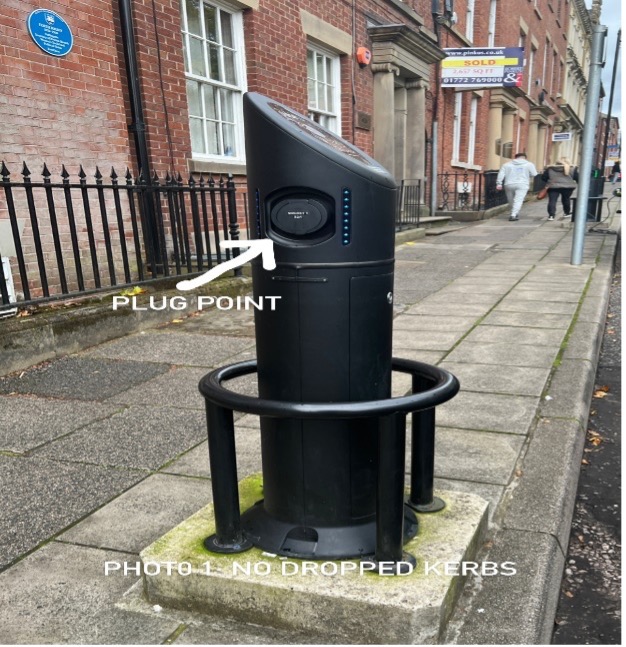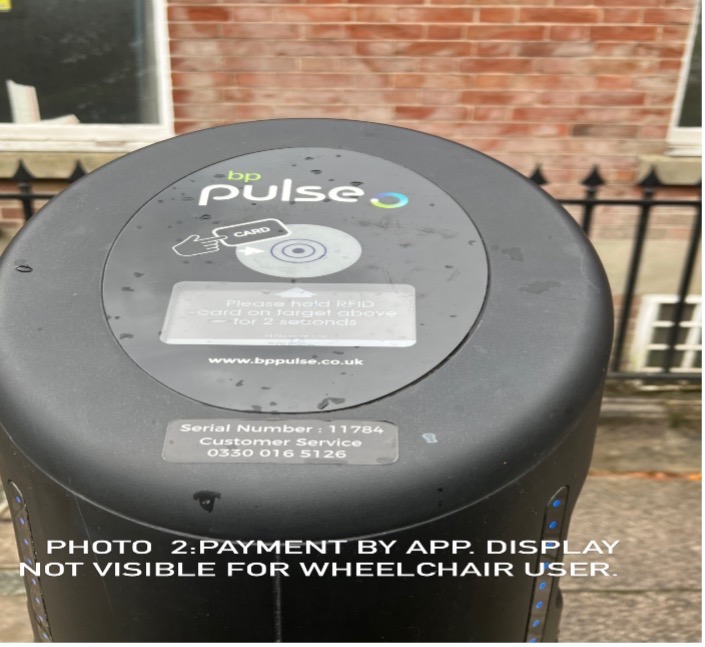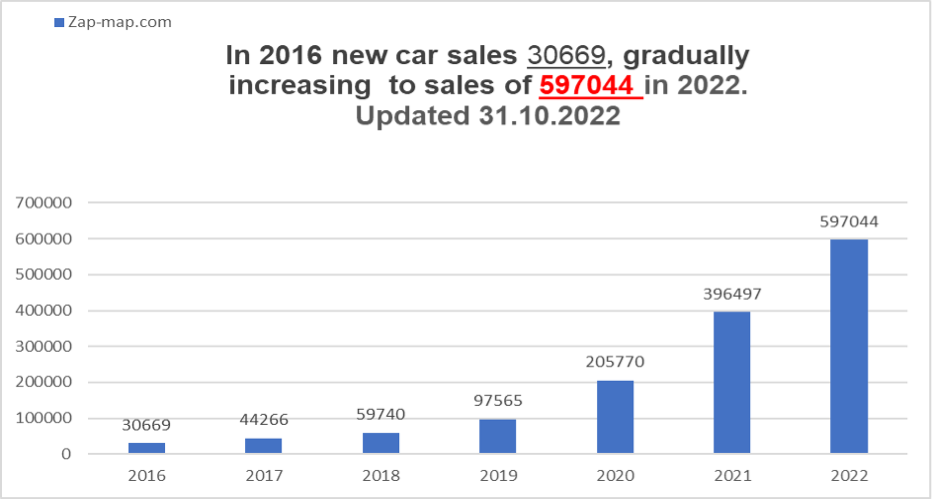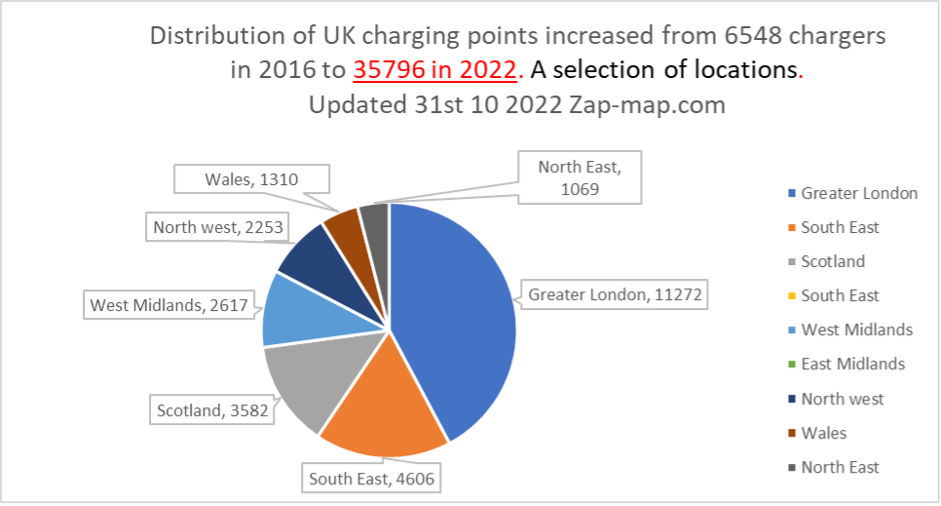Accessibility standards issued to regulate electric charging for disabled drivers
Increasing demand for electric cars determines the expansion the network of charging stations said, Melanie Shufflebotham, Co-founder at Zap-Map.
It is essential that people are supported with charging infrastructure that meets everyone's needs added Melanie.
The images below show bp pulse charging points at Winkley Square in Preston, the kerbs are not dropped so a wheelchair user cannot access the pavement.
Sean Rice a disability sales executive at Nissan in Preston viewed the images and he said: “Paying from the street a wheelchair user cannot see the payment information (photo 2) on the top of the unit.”


Winkley Square Preston
Sean also said: “I must agree they are not accessible; it is not easy for a disabled driver.”
Sean’s disability is cognitive, he has a bipolar disorder. He said: “If I have empowered myself with information and I am in control of everything I am fine.”
Without this knowledge of electric chargers his anxiety levels would rise he explained.

Zap- maps data shows new electric car sales in 2016 were 30,669 gradually increasing to 572,044 in 2022.

Zap-map.com data shows charging points increasing from 6548 in 2016 to 35,796 in 2022.
A new accessibility standard issued by British Standard Institute, sponsored by Motability and the government will help standardise electric charger infrastructure.
Melanie said: “We need to ensure that electric vehicle charging is accessible to all drivers, including disabled people.”
Melanie welcomed BSI-Pas-1899-2022, the new accessibility standard which will be a guide in future installations for electric car charging infrastructure fit for all users.
She also said: “Zap-map will explore ways to incorporate accessibility information into the app and help to ensure charging points are not just available, but accessible for all.”
Post a comment